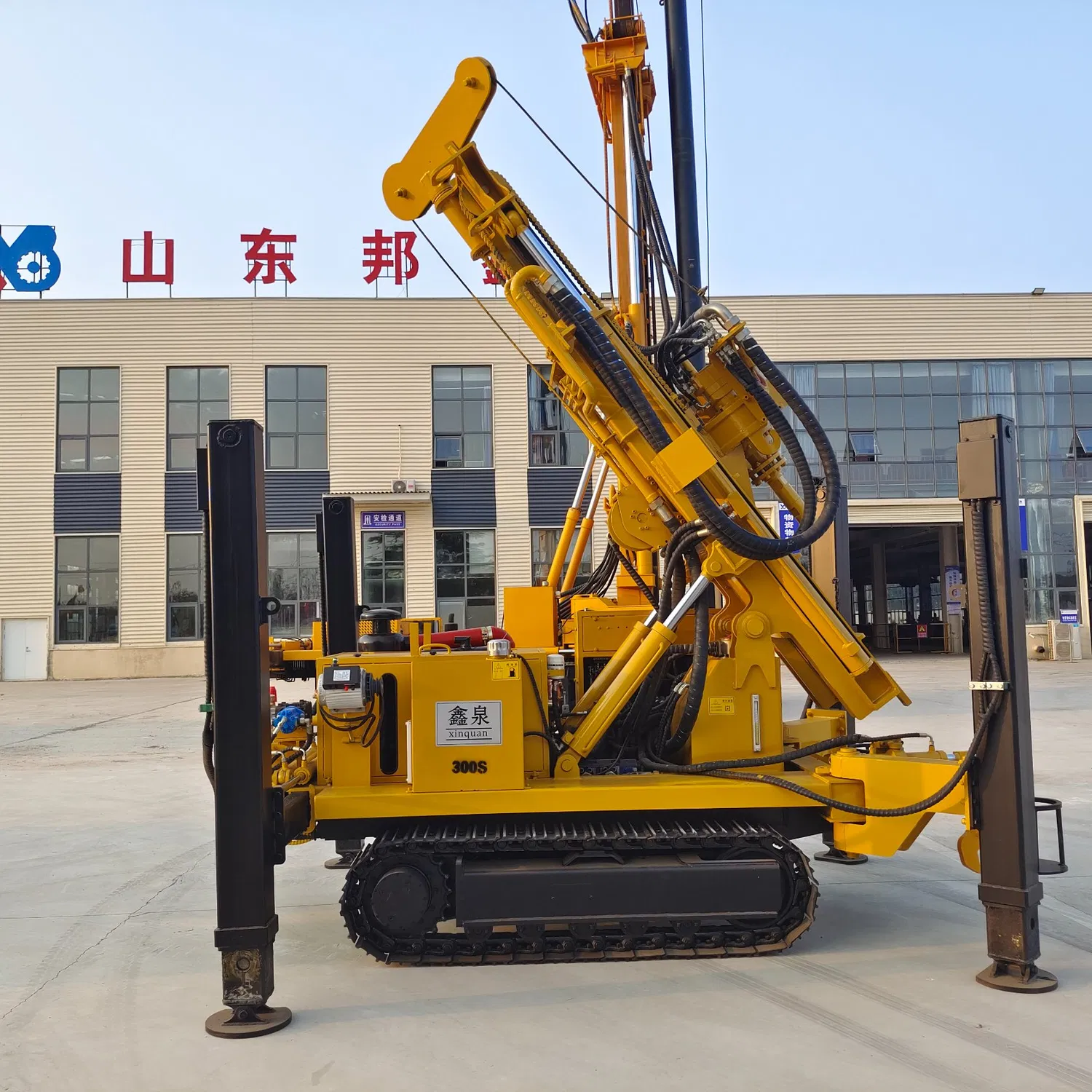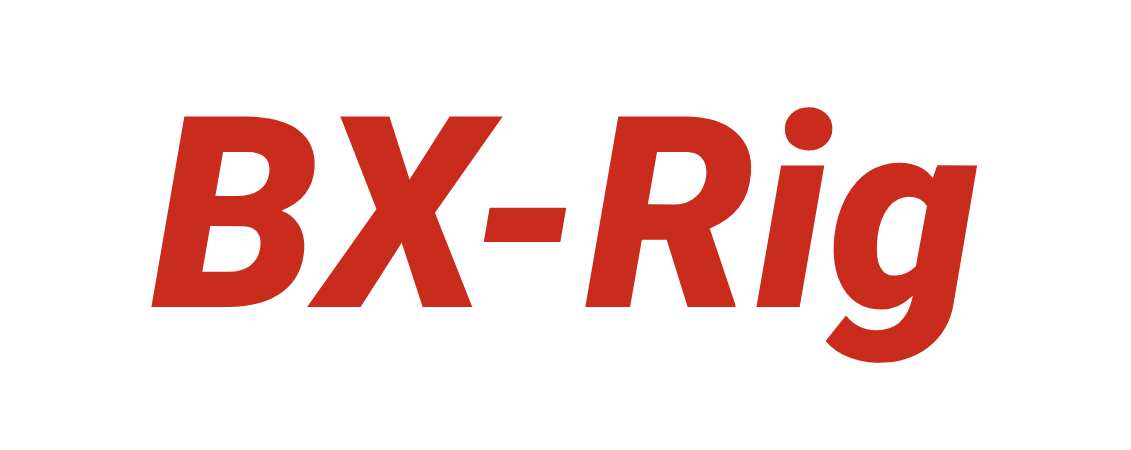Basic composition and working principle of water well drilling rig hydraulic systems
A water well drilling rig hydraulic system has five parts: power, executive, control, auxiliary components and working medium. They work together to transfer energy.
-
Power components: Mainly hydraulic pumps, driven by diesel engines or motors. They convert mechanical energy to hydraulic energy, supplying high-pressure oil. Gear pumps and piston pumps are common—piston pumps suit medium/large rigs for high pressure and easy flow adjustment.
-
Executive components: Include hydraulic cylinders and motors. Cylinders handle linear motion (e.g., mast lifting, feeding). Motors drive rotation, spinning bits to cut strata. Motors adjust speed via flow valves for different geology.
-
Control components: Various valves—relief valves set max pressure to prevent overload; directional valves change oil flow, reversing motion (e.g., drill pipe up/down); throttle valves adjust speed by regulating flow.
Auxiliary components: Tank (stores oil, dissipates heat), pipes, filters (clears impurities), coolers (lowers oil temp to avoid degradation).
Working medium: Hydraulic oil transfers energy, lubricates, resists rust and cools. Choose viscosity by temperature—low viscosity for cold to prevent solidification.

Working principle: Pumps draw oil from the tank, press it to control components. Adjusted oil enters executives, moving parts to work. Low-pressure oil flows back to the tank, forming a loop.water well drilling rig
 Foreuse Bangxin
Foreuse Bangxin